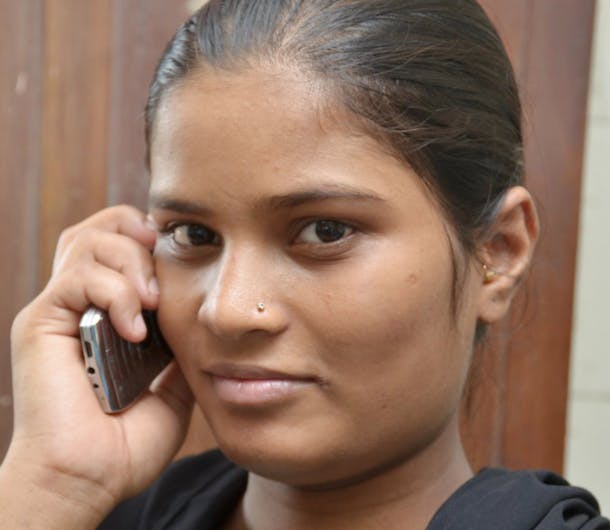
By Haitham El-noush, Senior Advisor for Innovation in Health and Development at the Norwegian Agency for Development Cooperation
This blog is part of the Innovation Working Group mHealth Catalytic Grant series, highlighting the impact of mobile technology on global health and development. Learn more about the 26 mHealth projects funded under the IWG mHealth grants program here.
During the past three years, profound work has been undertaken to harness mobile health (mHealth) technology to improve the health of women and children in developing countries. The Norwegian Agency for Development Cooperation (Norad) has been spearheading much of these efforts, as part of the broader involvement by the government of Norway in the UN Secretary-General’s Global Strategy for Women’s and Children’s Health.
Norad has taken a unique approach in how it catalytically funds mHealth. By openly sharing some of the criteria that are key to the approach, it is my hope to inspire other governments and impact investors to take this type of approach, as well as provide social entrepreneurs ideas to consider when designing the next innovative solution for social good!
- Partnerships between donors and social entrepreneurs. The power of innovation in mobile technology can only be fully utilized if donors and social entrepreneurs as well as private sector investors are able to come together and leverage their different strengths. National plans provide donors and social entrepreneurs with a common framework to focus efforts and resources and to outline how a relationship will work with different parties capitalizing on their niche areas. This is kind of collaboration is needed to scale and sustain mHealth services.
- Digital health strategies. Innovation is about more than technology. We need to see how a new idea or product fits into the larger system. Digital health strategies are crucial in identifying gaps and defining priorities, which will in turn create a conducive framework for adoption and scale. A smart investor doesn’t just look at the idea or technology, but also the strategies and framework that will enhance collaboration, build and scale what exists, and ensure sustainability.
- Country demand driven solutions. Adoption of mHealth innovations will only occur if it’s driven by needs. A need-driven approach by entrepreneurs and implementers is more likely to be consistent with beneficiaries/market user requirements, country priorities, and global targets. This allows us to better promote solutions that are adopted by users.
- Infrastructure and technical capacity. In countries with poor infrastructure and scarce resources, one needs to innovate. However, it is because of the very same circumstances, one cannot often afford to innovate. This is what I call the innovator paradox. This is the gap Norad works to fill. Investments are needed to build ICT infrastructure, such as connectivity and technical capacity. This is critical to promote innovations that get little attention as they target underserved markets and populations. This transformation will only empower innovators in low-and-middle-income countries if the digital divide is bridged.
The combination of these components will convert ideas into impact for long-term benefit. The Innovation Working Group mHealth Catalytic Grants program is a prime example of this. The projects within that program are scaling up and positioned to be adopted on the country level to maximize the number of lives they can enhance. This type of investment approach will empower creative minds to think beyond pilot programs toward country and global impact.



 View All Blog Posts
View All Blog Posts